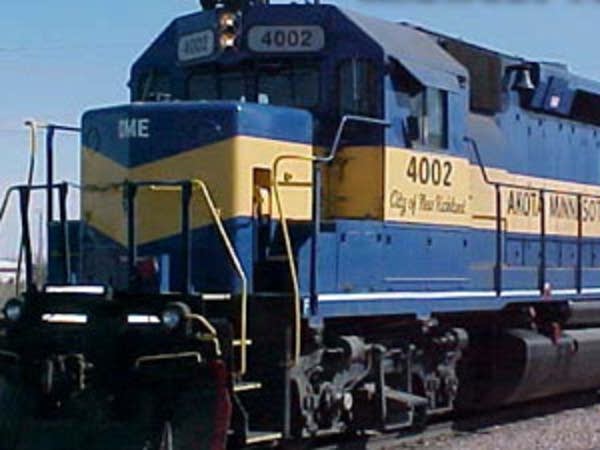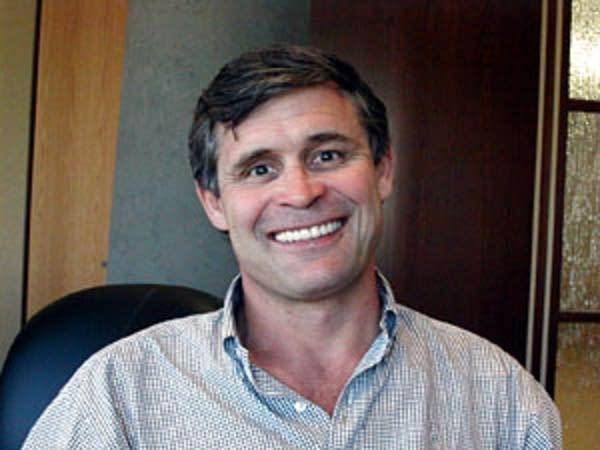DM&E gets final approval

The U.S. Eighth Circuit Court of Appeals ordered the Surface Transportation Board to review four environmental issues, including noise, vibration and pollution. But now the Transportation Board says it will not require the railroad to do any additional mitigation for those issues.
The communities of Rochester and Mankato in Minnesota and Brookings and Pierre in South Dakota have opposed the new line. Ranchers and environmental groups also disagree.

Currently the DM&E already runs across South Dakota and Minnesota. The planned expansion would add an additional 280 miles of track from the Black Hills into Wyoming.
Olmsted County Attorney Ray Schmitz says the Rochester community may continue to fight the project. He says Rochester represents some 40 percent of the population living along the entire route. And he says Minnesota's largest independent employer, the Mayo Clinic, doesn't support the railroad project.
Create a More Connected Minnesota
MPR News is your trusted resource for the news you need. With your support, MPR News brings accessible, courageous journalism and authentic conversation to everyone - free of paywalls and barriers. Your gift makes a difference.
"They do not feel that it is good for their business," Schmitz says. "To have this occurring is something that nobody seems to take very seriously."
Schmitz also rejects the argument that trains are already running through town.
"What difference does that make?" Schmitz asks. "Unfortunately times change, and the pig farm that used to be on the edge of the city wouldn't be acceptable anymore either."
DM&E President Kevin Schieffer says 54 of the 56 communities along the rail line now support the railroad expansion project.
"This is about creating a new transportation infrastructure in South Dakota and Minnesota that we do not have today," Schieffer says. "We think having over 95 percent of the communities' support it is pretty overwhelming, but I'd like to get to that 100 percent mark. If we do, great. And if we don't, we don't."
Schieffer says he now has to focus on finding a way to pay for the $2.5 billion project. When it's completed, the DM&E would join the nation's other largest rail carriers by becoming a Class 1 railroad, which is based on annual revenues.
Schieffer says there are two funding choices. One is the traditional Wall Street way of financing through investors, and the other is a federal loan.
U.S. Sen. John Thune, R-S.D., led an effort that resulted in changes to the Railroad Rehabilitation and Improvement Financing Program in the 2005 transportation bill. It enables DM&E to qualify for a low interest loan.
"We like the second option," Schieffer says. "It gives us more flexibility, and frankly a lot more independence if we work through the FRA process. So that's our first preference. We should have a pretty good realistic read on that by mid-year one way or another."
Olmsted County Attorney Ray Schmitz says President Bush recommends eliminating the program in his latest budget.
"So President Bush appears to share our concern about the use of federal dollars for this project," Schmitz says.
Schmitz acknowledges that Congress may not be anxious to go back into the new transportation bill to dismantle the railroad loan provision. He says if DM&E gets the federal money to expand and upgrade its railroad, it may be up to the courts to decide if the railroad is really worth the collateral to get the loan. He says opponents will decide just how to proceed with challenging the railroad expansion.
DM&E's Kevin Schieffer says he expects to break ground on the railroad expansion next spring.
